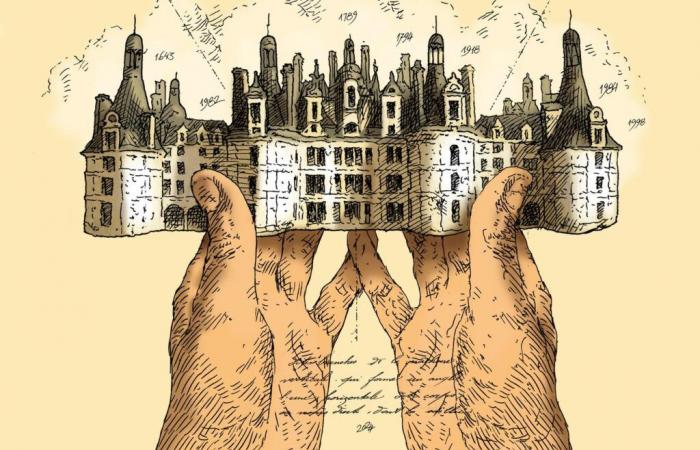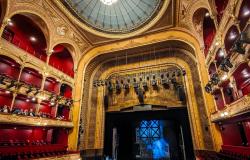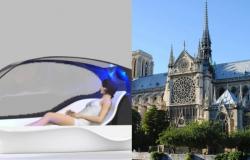
The ideological confrontation takes place on the aesthetic terrain. The opposition between progressives and nationalists is played out through spectacular displays of heritage and popular culture. From Puy du Fou to the opening ceremony of the Paris Olympic Games, the conflict of political imaginations is now played out through gigantic historical scenographies. So much so that the Olympic parade of July 26 on the Seine was described as “third aesthetic round” by the philosopher Sandra Laugier. As if this river parade were a summary of the values of the Republican front in 3D. An aesthetic response to the cultural war waged by the conservative, reactionary and identitarian right which extends its influence in the sphere media.
Read also | Article reserved for our subscribers Olympic Games 2024: “Paris amazed the world under the flood”: the view of the foreign press on a “unique” opening ceremony
Read later
Directed by Thomas Jolly, artistic director of the four ceremonies of the Olympic and Paralympic Games, the story of this “Olympic Seine”, which he renamed “It will go!” », was written by four co-authors: the historian Patrick Boucheron, the screenwriter Fanny Herrero, the playwright Damien Gabriac and the writer Leïla Slimani. An adventure intended for “to tell the story of our common imaginations”, during which “everyone had to feel represented for four and a half hours”they recalled during a review of the writing of the opening ceremony of the Olympic Games, on October 12, at the Rendez-vous de l’histoire in Blois. “The society that we showed in this ceremony, we did not invent it: it is the one that already exists, before our eyes, and in which many very different people can recognize themselves, and it is also the one who mainly voted against the withdrawal of identity in previous weeks”analyzes Patrick Boucheron.
The gesture was an aesthetic transcription of a political upheaval, even if these eleven paintings representing liberty, equality and fraternity, but also “sportiness” or the “sorority”, were imagined long before, with the aim of bringing together tradition and modernity. Like one of the most striking moments of this great staging of Paris in the form of inclusive and abrasive French history: “I was extremely moved by Aya Nakamura singing and dancing in concert with the Republican Guard, as if harmony was possible despite our fractures”the philosopher Manon Garcia testifies. “We wanted to showcase republican ideology, create a ceremony that connects and paint a France that welcomes everyone in their differences”summarizes Thomas Jolly.
You have 89.21% of this article left to read. The rest is reserved for subscribers.





